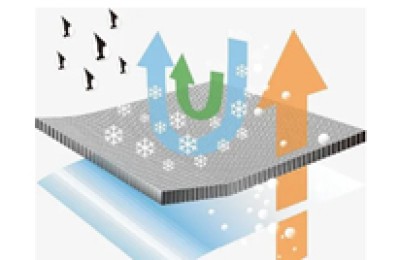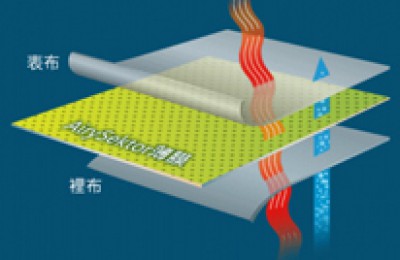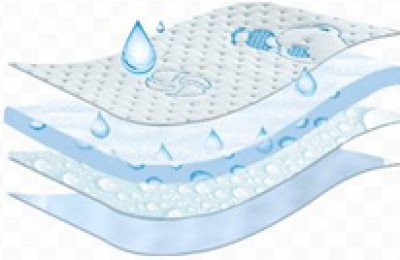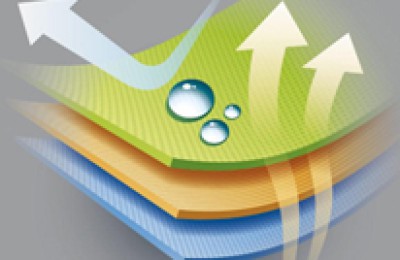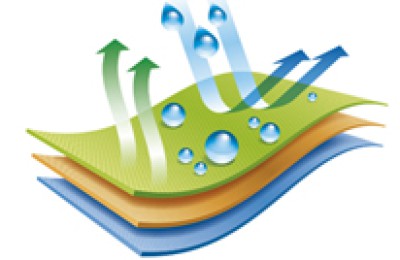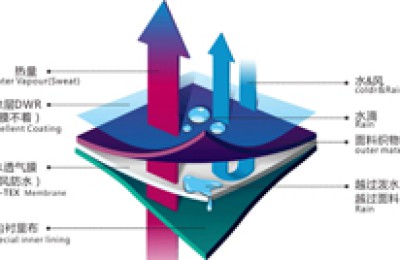twenty three. What are the current methods for waterproofing tarpaulins in my country? What are the waterproofing effects and environmental pollution?
Answer: At present, there are mainly the following types of water-blocking treatments for tarpaulins in my country. Their water-blocking effects and environmental pollution are described below.
①Aluminum soap water repellent method. This is a traditional method of repelling water. The fabric is first treated with fat soap solution, dried and then treated with aluminum acetate solution to precipitate the aluminum soap on the cloth. This method has a water-repellent effect, but it is not long-lasting. The Al203 peels off after being washed with water. For example, stearic acid, paraffin, aluminum sulfate, etc. are used as water-repellent agents. Since the treatment liquid is acidic, it will cause great damage to the tarpaulin. At the same time, the color of the tarpaulin is easy to change, and the water-repellent effect is poor.
② Quaternary ammonium water blocking agent treatment method. Most of these water-blocking agents are composed of fatty alcohols or fatty amides, formaldehyde, hydrochloric acid and pyridine. The product contains formaldehyde and pyridine, which are prohibited products under environmental protection regulations. This type of water-blocking agent has a better water-blocking effect.
③ Water blocking agent AC treatment method. This type of water blocking agent is a chromium stearate compound of chromium chloride and aluminum chloride. It has good water blocking effect, long service life, good hand feel, good breathability and low finishing cost. However, industrial wastewater contains chromium, which pollutes the environment.
④ Paint wax water blocking treatment method. After this water-blocking treatment, the water-blocking effect is good and the service life is long. It is one of the methods currently widely used. However, the tarpaulin treated by this method has poor air permeability, increases in weight, and has poor climate adaptability.
⑤Chlorosulfonated polyethylene water blocking treatment method. This type of water-blocking agent has good water-repellent effect, long water-blocking life, and wide adaptability to climate. However, the cost of this water-repellent agent is high, the tarpaulin is not breathable, and xylene is produced during the cleaning process, which pollutes the environment.
⑥Resin derivative water retardant treatment method. This type of water blocking agent is a mixture of fatty acids, fatty alcohols, etherified hydroxymethyl resin and white wax (water blocking agent AEG). It has good water-blocking effect, average service life, and complicated finishing process. However, because methylol resin contains formaldehyde, it has been banned.
⑦ Silicone water retardant treatment method. This type of water blocking agent is generally hydrogenated silicone oil or dimethylpolysiloxane or a mixture of the above two. Tarpaulins treated with silicone water-blocking agents have good water-blocking effects, good hand feel, long service life, good air permeability, and good climate adaptability. It is currently the most advanced treatment method. However, this water-blocking treatment method requires high tissue specifications of natural cotton cloth (very tight warp and weft density requirements), and requires equipment such as a baking machine during finishing. Silicone water-repellent treatment does not pollute the environment.
AAAGHRTYJYITLUY
Disclaimer:
Disclaimer: Some of the texts, pictures, audios, and videos of some articles published on this site are from the Internet and do not represent the views of this site. The copyrights belong to the original authors. If you find that the information reproduced on this website infringes upon your rights, please contact us and we will change or delete it as soon as possible.
AA



